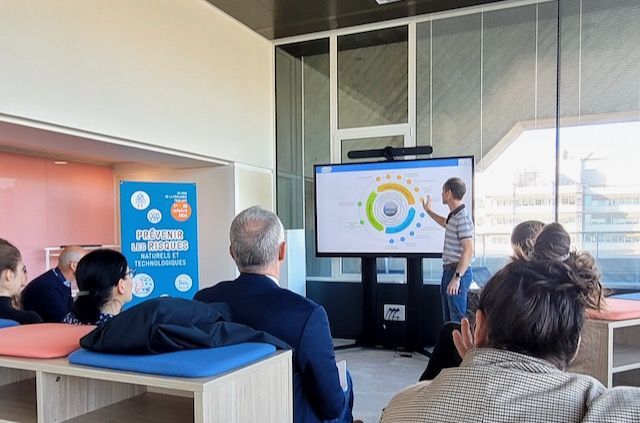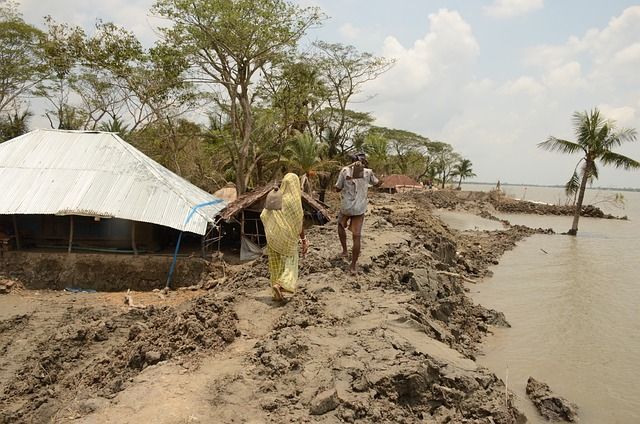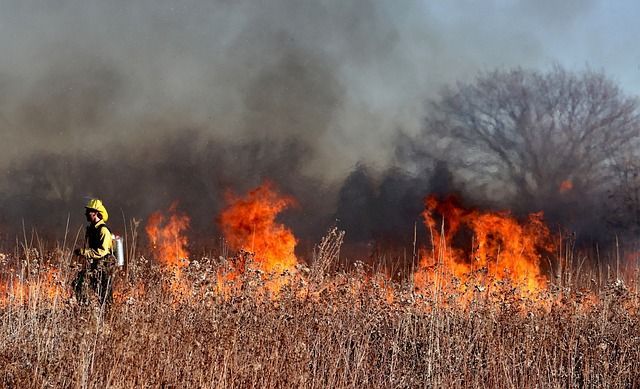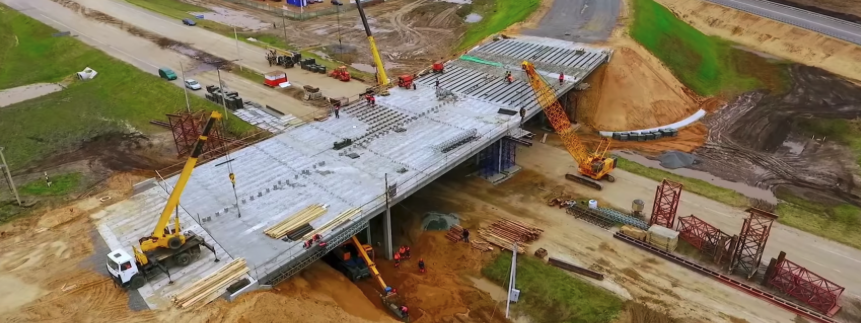Do you use bowties?
Bowties - a tried and trusted technique to help us manage risk
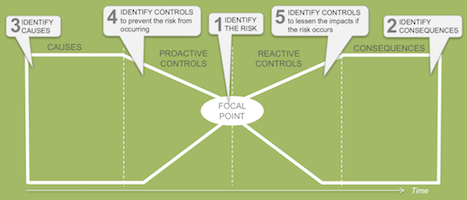
Image credit: Satarla
Is the bowtie analysis technique part of your toolkit? If not, it should be.
The history of the bowtie goes back a few decades. It was used
by ICI in the 1970s, and used by Royal Dutch/Shell Petroleum in the 1990s to
analyse the Piper Alpha oil rig disaster (where a North Sea offshore oil rig
exploded leading to 167 fatalities).Although
popularised as a “Health & Safety risk analysis technique”, it is useful
for any risk.
A
bowtie analysis visually demonstrates how well-defended an organisation is, by
showing what controls are in place, and asks how effective they are.
A
good bowtie analysis can demonstrate to stakeholders (the supply chain, the
public, regulators etc.) that risks are recognised, understood and are being
managed with controls and a control environment in place, both from a
preventive point of view and to prepare for the risk occurring.
The
bowtie may be thought of as a combined application of a high-level fault tree
to look at causes, and a high-level event true to look at consequences. It
provides a visual representation of causes (threats) of an event, likely
outcomes (consequences) and measures to have in place to prevent the event from
occurring, to mitigate its impacts if it occurs, and to control it.
For a nice summary of the bowtie, click here. For a brief YouTube video explanation (from the team at Satarla), click here.
For more information about the bowtie technique, please contact me.
